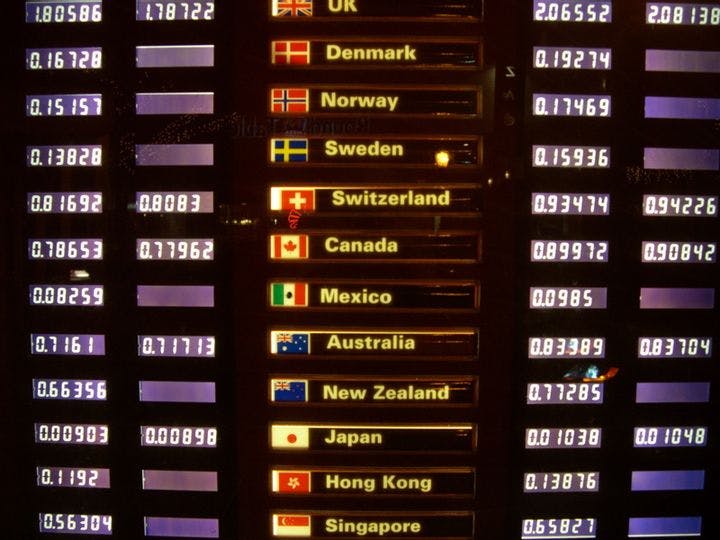Winter 2010
Ditch the Dollar
– The Wilson Quarterly
The dollar's role as the world's dominant currency is no longer in America's national interest.
When Chinese officials began talking openly last year about the possibility of unseating the dollar as the world’s reserve currency, they got the brushoff from Washington. But C. Fred Bergsten, director of the Peter G. Peterson Institute for International Economics, argues that that was a mistake. After nearly a century, the dollar’s role as the world’s dominant currency is no longer in America’s national interest.
It may make Americans feel good that everybody needs greenbacks to do business in the global economy, but the costs to the United States have grown very high. China and other nations game the system by keeping the value of their currencies artificially low relative to the dollar, allowing them to sell their goods more cheaply in the United States while hamstringing U.S. exports. Then they pour the vast dollar holdings they've amassed into the United States, providing easy money that fosters government deficits, high-risk mortgages, and debt-fueled consumer spending—key elements in the recent boom and bust.
In 2006, the U.S. current account deficit (which includes interest and other money flows in addition to trade in goods and services) topped $800 billion, a record six percent of gross domestic product (GDP). But that’s small potatoes compared with what’s in store if nothing changes. While the recession has brought the current account deficit down, Bergsten’s institute predicts it will reach 15 percent of GDP by 2030. America’s net foreign debt will rise from $3.5 trillion today to $50 trillion. The interest alone will come to $2.5 trillion annually. That means that the United States will be shipping seven percent of its GDP overseas every year—if economic disaster doesn't strike first.
Bergsten does not advocate a total abdication of the dollar. Rather, he thinks it should share its role with the euro, the Chinese yuan, and other currencies, as well as the new Special Drawing Rights system of the International Monetary Fund, which is based on a basket of currencies.
At bottom, though, Bergsten believes that the fundamental problem is U.S. government deficits. The dollar glut is an enabling condition. As Washington borrows more money to finance the deficits, interest rates rise, attracting foreign investors and pushing up the value of the dollar. The trade deficit grows. And the writing on the wall suggests a dark future: This year’s $1.5 trillion federal budget shortfall was more than triple the previous record, but trillion-dollar deficits stretch into the foreseeable future.
Job one for the United States must be to reduce those budget deficits, Bergsten writes. That would allow the Federal Reserve to keep interest rates (and the value of the dollar) relatively low. But Washington must also work to “prevent and counter deliberate currency undervaluations by other major countries” that harm U.S. competitiveness. China is the chief offender—despite a recent climb, the yuan remains undervalued by 20 to 40 percent—but there is a long list of others, including Germany, Japan, and Switzerland. Multilateral “name and shame” efforts directed at currency manipulators and the enforcement of certain provisions of the World Trade Organization are two possible antidotes. But the stakes are high enough that Bergsten thinks the United States should be prepared to take unilateral action, perhaps by imposing import surcharges on products from countries that continue to game the system.
* * *
The Source: "The Dollar and the Deficits" by C. Fred Bergsten, in Foreign Affairs, November-December 2009.
Photo courtesy of Flickr/Gino
